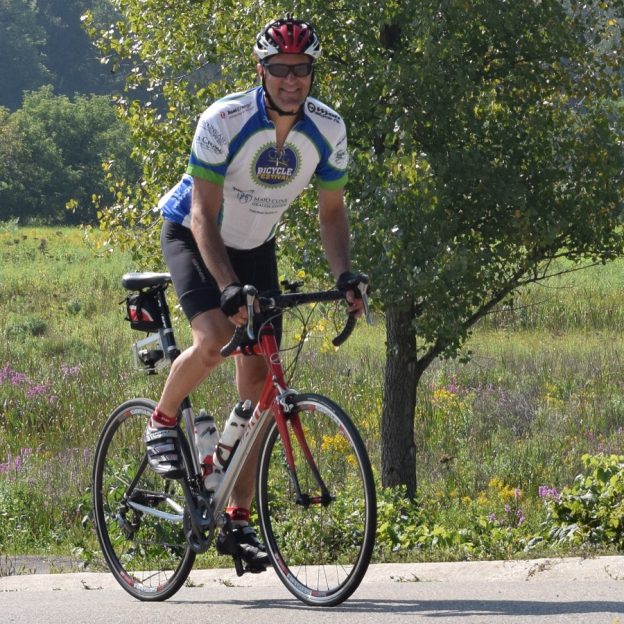Tag: bike shifting
-

How to Shift Gears on your bike for Efficiency and Confidence
Shift gears to the terrain you are riding can take you miles from home with ease. Over hills and through tough valleys, all thanks to the ability to know how to shift your gears. Learn the what, how, when and why of shifting your bike below.
